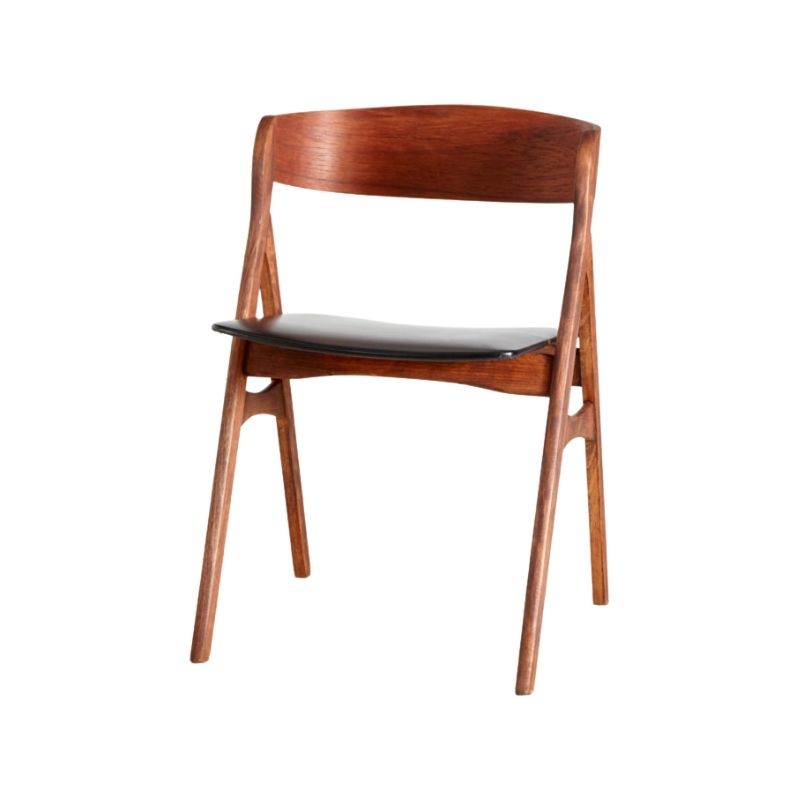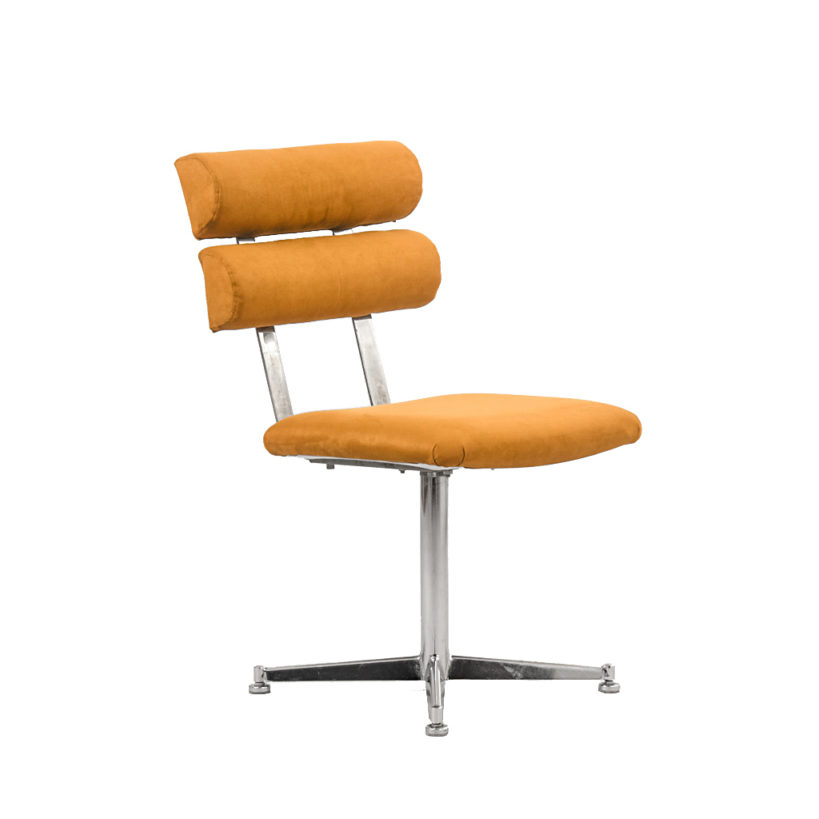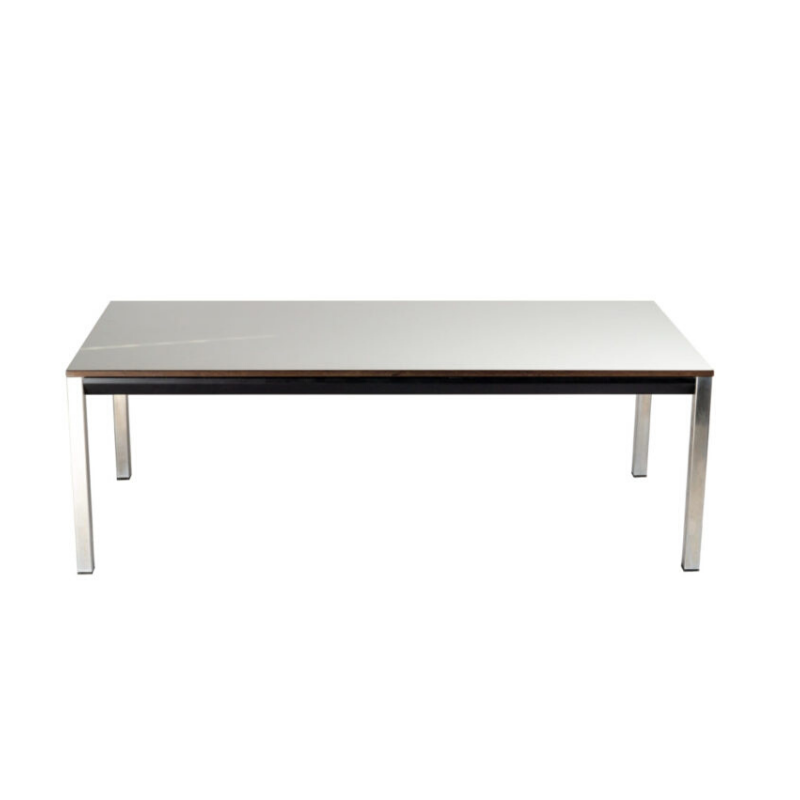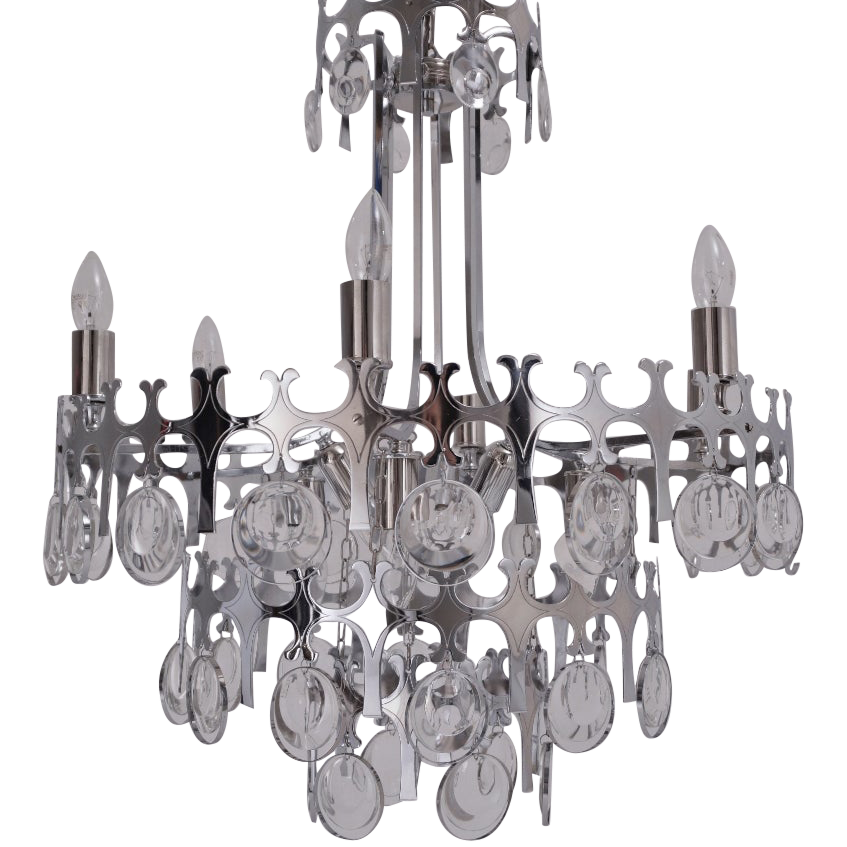The photo of the chair at the top of the thread isn’t sharp or large enough to say what the wood is. Post some better photos and I will tell you what wood it is. And oak patinates on its own. And none of this is a question of what is cheaper or faster.
To figure out how to identify an early cowhorn chair is going to be a significant amount of work with minute observation and luck too. This isn’t an answer that is going to drop in out of nowhere.
Are you even sure that an early cowhorn is more desirable than a later one? For example, few people can not accurately date a Finn Juhl chair by photos, but I happen to be able to in a great many instances. And currently it is the case that a characteristic of a Finn Juhl chair that mark them it as later can cause it to be worth maybe twice what an early one is worth.
I found the chair at the beginning that you are asking about on Chairish. I see it is advertised there as an ‘early example’ so that is perhaps why you are asking all this about early?
And it is indeed white oak. The dark color is either because it was fumed or because it has naturally patinated to that color. There is no way to know for certain at this point because fuming is simply a fast way to create the same chemical phenomenon that happens with oak over time. However we might infer a few things. The cane is not original, probably under 5 years old. The finish is advertised as ‘fine original finish’ but to my eye it is too shiny and extremely perfect for its age, so I will assume the chair has been refinished. If the oil finish _were_ original then it would be very unlikely to have naturally patinated to the color as the finish would slow the process and so one could infer it was fumed originally, but we can’t make that inference if we that finish is not original. If I were to make an educated guess though I think it is so dark now that it was originally fumed and has darken even more with age, but that is just a guess.
This morning I found another oak Cow Horn chair on 1stdibs. It shows the tag underneath. I don't know at all if the earliest version of the Cow Horn chair is best but I just want to find out for sure. For instance, there are two versions of the first generation Eames Lounge Chair and Ottoman. One version does not have the swivel ottoman and the other, even earlier versions, has the swivel ottoman. The swivel ottoman is more valuable. Yes, with the Eames it's a mechanical variation which is substantial but maybe there is something about the Cow Horn chairs that make one more desirable than another. I don't know but trying to learn about the history of this chair is fascinating.
Also, what's the difference between a 2 piece or 4 piece backrest? Notice too that the oak chair posted here has a slight "beauty" mark on it compared to the perfect oak finish you posted above.
Thank you, Leif, for your thoughts about the fumed oak chair on Chairish. I emailed them and asked them a few questions and I have not heard a response. Part of the reason why I'm fascinated with this chair is the dark color and the bold grain which I have not seen before. Maybe it is a rare variation of the Cow Horn chair or, like you suspect, a less desirable version. Also, does new caning really affect the value much? I just learned how caning is done and it is fascinating. I had no idea that caning, done correctly, can last for up to 50 years. With new caning it is supposed to age like old caning so is an original caned chair more desirable? Though the chair on Chairish is advertised as an "early" model maybe I would be stepping onto a land mine. The chair is close to where I live so I could see it in person.

I don’t believe there is anyone out there who knows how to spot the difference between early and late Cowhorn chairs and therefore the word is really meaningless. Perhaps the seller means it is early if it isn’t a PP chair? Perhaps the seller means it is ‘early’ because the early morning sun shines on it regularly? Perhaps the seller would tell you it is early because Hans Wegner built his oak furniture (with his own two hands and one very sharp dovetail saw) before he built his teak furniture? Perhaps the seller says that because the word early when used in conjunction with the word Eames has positive correlations with the word money and they are hoping for analogous wordy ratiocination manifestation?
I always find learning about the history of Danish furniture fascinating, but there is probably something wrong with me.
I don’t know why some backrests were made with 2 pieces vs 4. I could speculate but in this venue that might outlive it’s deserved life. Right now I can say that I prefer the visual appearance of 2 pieces. And White Oak specifically has both rays and grain which when cut at just the right angle with a bit of luck create what I think are beautiful patterns. I don’t see any blemishes on either. Wood is just the way it is and so boards create patterns that I like when cut in a certain way. And I’ve collected for long enough to know even my own tastes are not consistent to themselves over the years so maybe I will like something different tomorrow? And perhaps if you really like the dark color and bold graining of this one chair and you have a lot more money than I do (most people do) then it would be worth more than the one I like if you buy it. That is the very definition of value.
50 year old cane is nice to look at, as long as you look very gently, but it isn’t so good to sit on unless you like falling through chair seats, which can be fun once, I suppose. So I am not sure that old cane is desirable. It is also very, very rare because temperate climates aren’t ideally suited to its longevity, as it likes humidity, so it tends to break before 50 years. I think it is beautiful. And I prefer to sit in my chairs the boring supported in the seat kind of way, so I would prefer new cane. I brought up the new cane not because of value though, but rather as a certainty in the story of the chair, which might suggest the frame had also been refinished too, and which I think all fits with a story in which the chair probably had an oil finish on the oak and it is so dark now it was ordered as fumed oak with an oil finish (perhaps hand rubbed by Hans?)
If the chair would make your life more happy, then perhaps you should buy it? I certainly do not think the seller of the chair has such magical power with their words that they can turn the chair into a landmine by uttering the incantation ‘early’.
The metal tag must be post 1960 or 1961. That was the time, Wegner designed the JH logo for Hansen. (At least that’s the information I got from Marianne Wegner and in advertisements Hansen also didn’t use the logo prior to 1961). Up to then, Hansen probably always used the heat brand you often find on an older round chair, simply reading Johannes Hansen, Copenhagen, Denmark or Made in Denmark.
"People buy a chair, and they don't really care who designed it." (Arne Jacobsen)
One thing you might or might not know: Wegner designed the chair for Johannes Hansen in 1952. Hansen did produce it in teak and oak over a certain period of time. Maybe the production was stopped in the 70s, maybe not. But in 1990 Johannes Hansen closed and Wegner gave the production rights to PP Møbler, who from then on used different woods for the production. You can get PP models in ash, walnut, cherry, even wenge, I think. But there should be no difference construction wise between earlier and later models. But PP uses CNC mill, Johannes Hansen chairs were mostly hand made.
"People buy a chair, and they don't really care who designed it." (Arne Jacobsen)
Thank you Herringbone for the clarification. It seemed to me those metal tags had to be from later chairs. So now I need to find out what the markings were on the chairs from 1952 to roughly 1960. Do we know what the earliest heat branded Johannes Hansen logos look like? It would be great to see a Cow Horn or Bull Horn chair with this early branding. Maybe if we can find a chair with the early branding we might be able to see some other differences between the early and late model chairs also.
"Johannes Hansen handmade vs. PP Mobler with CNC machining." It's no contest which I would prefer. There has to be a way to identify the earliest model Cow Horn chairs.
The round chair was Johannes Hansen‘s signature piece, it sold a couple of thousands during the fifties if I remember correctly. Every now and then you’ll find one at an auction. Wegner‘s other JH models were also successful, but didn’t sell nearly as much. My point is: You‘ll probably have a hard time to find cow horn chairs from 1952 and if you do, you‘ll also have a hard time to tell the difference between a 1952 and a 1959 production. Maybe you can check old Bruun Rasmussen catalogs to get an idea.
"People buy a chair, and they don't really care who designed it." (Arne Jacobsen)
Bruun Rasmussen held an anniversary auction for Wegner‘s 100th birthday in 2014. They sold a lot of old and rare stuff, also quite a lot of cow horn chairs. All had the metal plaque and were produced around 1960. Just saying. If you really find an older one for value, you‘ll probably have to pay for the value. Again: Don’t forget you cannot compare these chairs with Eames‘ chairs. The Eames‘s designed for industrial production, their chairs were made on an industrial scale. With Johannes Hansen chairs you are talking about hand made cabinetmaker furniture. And I can guarantee you: None of them had a swivel ottoman.
"People buy a chair, and they don't really care who designed it." (Arne Jacobsen)
Yes, I know you can not compare Eames and Wegner. I just want to see early Cow Horn chairs and to see how they are different than those made in the 60's. Even if it's just a label or marking that would be educational. If the early and late chairs are exactly the same in every other respect it would still be interesting to compare and contrast. Maybe my quest is like finding a needle in a haystack. Maybe it's like finding a swivel ottoman. Just sayin'... ; )
Here is the pre cow horn chair. Hans Wegner / Fritz Hansen. Designed 1948.
https://www.lauritz.com/sv/auktion/hans-j-wegner-et-par-armstole-af-boeg-2/i2712620/
Here is a photo of the 1952 Cow Horn chair from the Exhibition. Technically this is a page from a JH catalog, but the photo happens to be the exhibition photo. According to the Grete Jalk book the furniture in the stand was executed in teak and oak. I am not sure how reliable that is or what that would mean for the chairs. I think it is plausible based on the relative lightness and darkness of the wood that the table top is teak, the frame oak and the chairs oak.

If you need any help, please contact us at – info@designaddict.com










